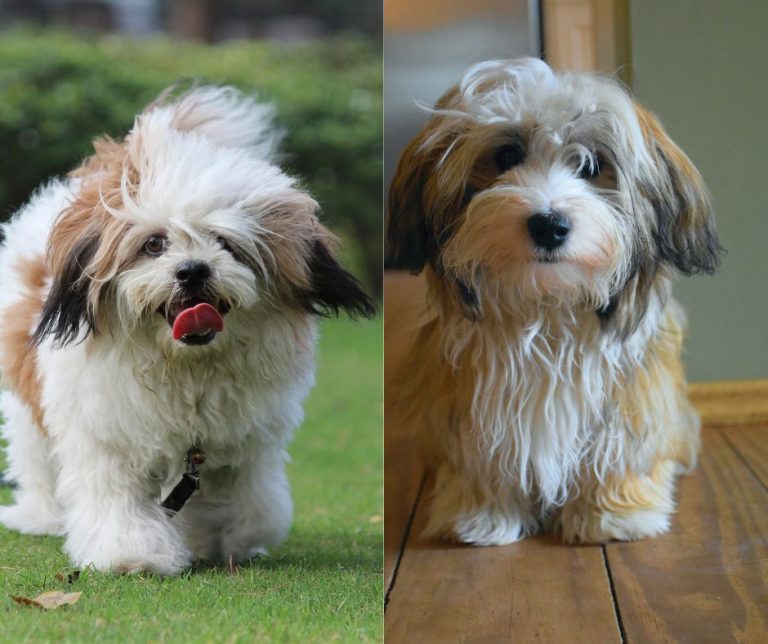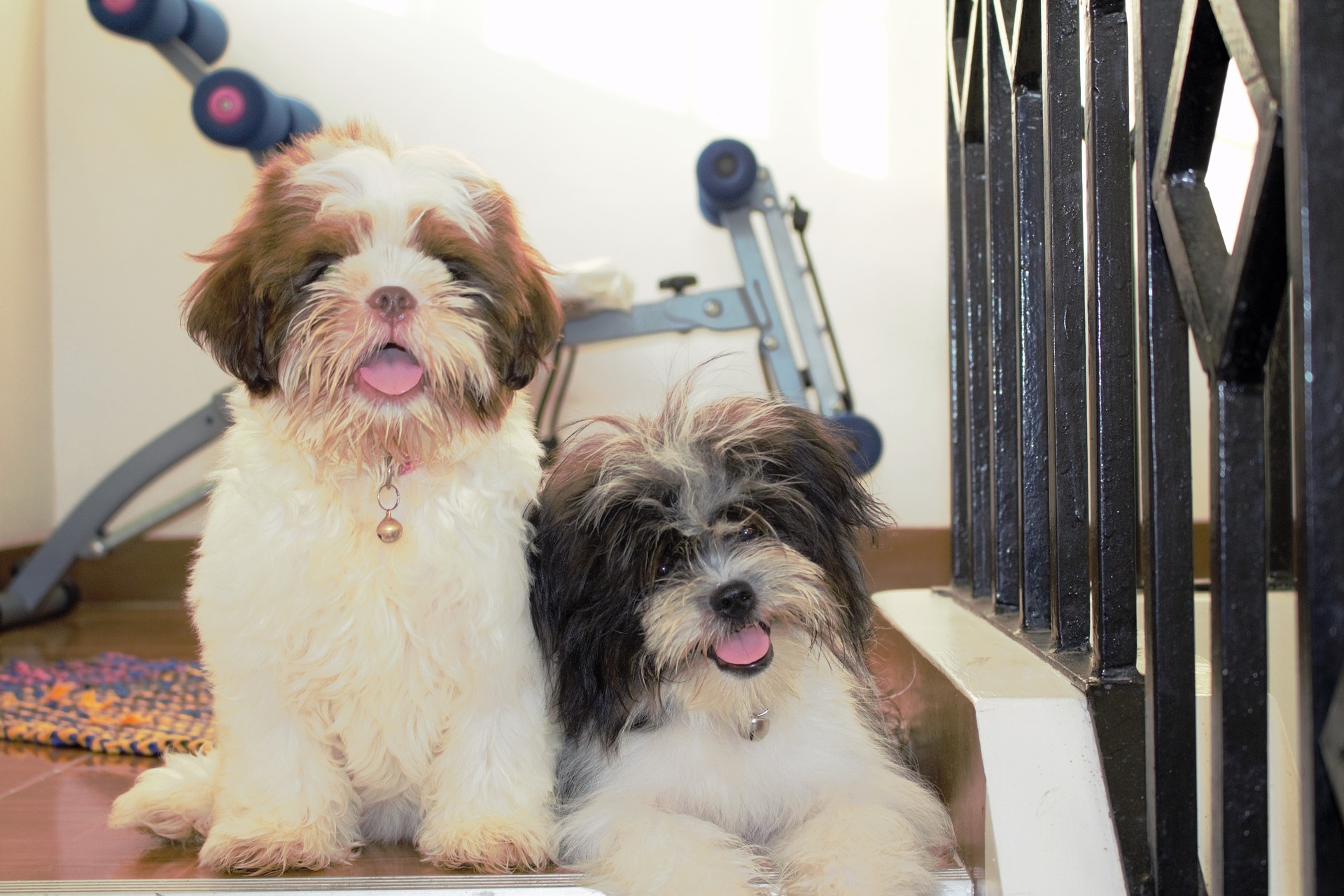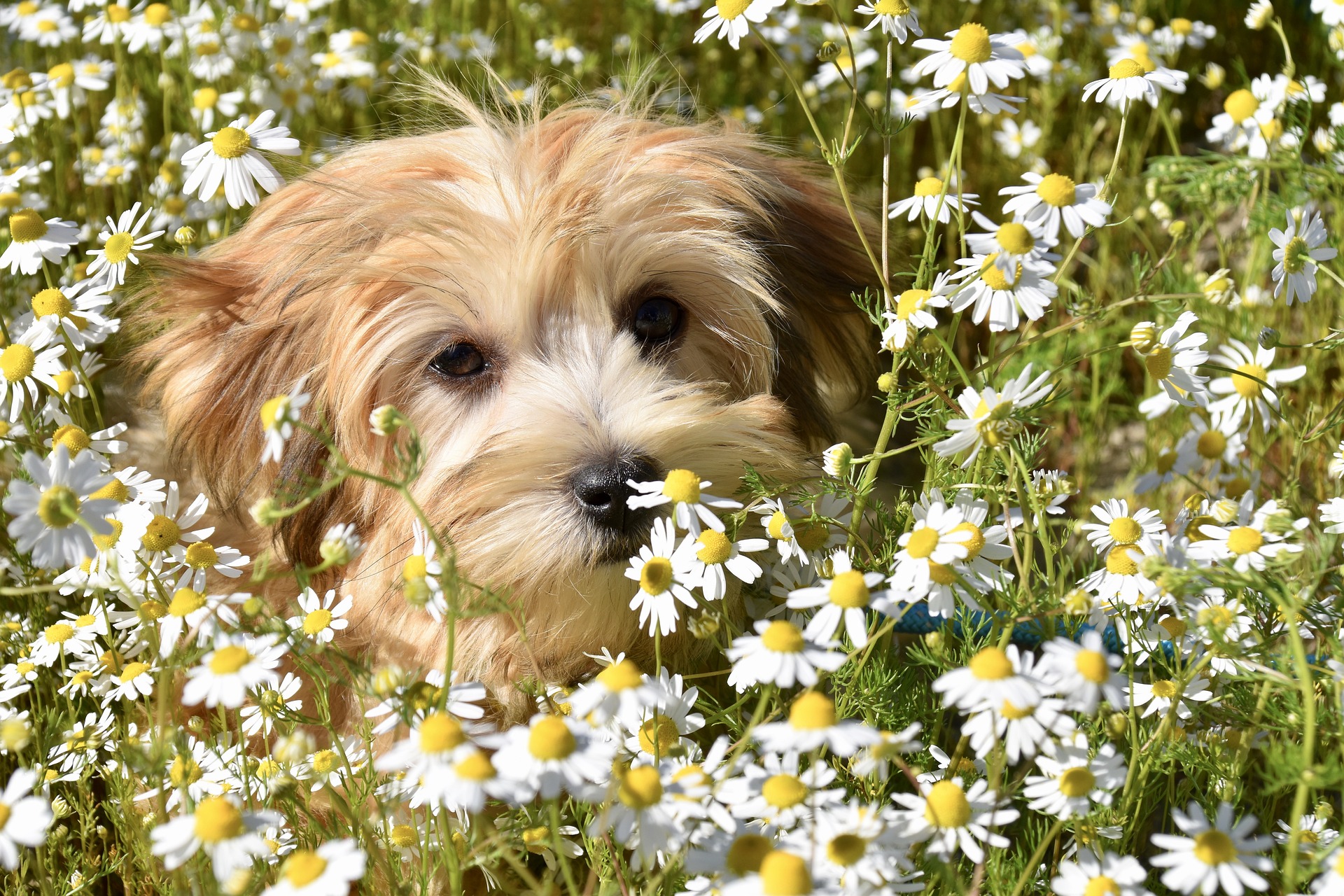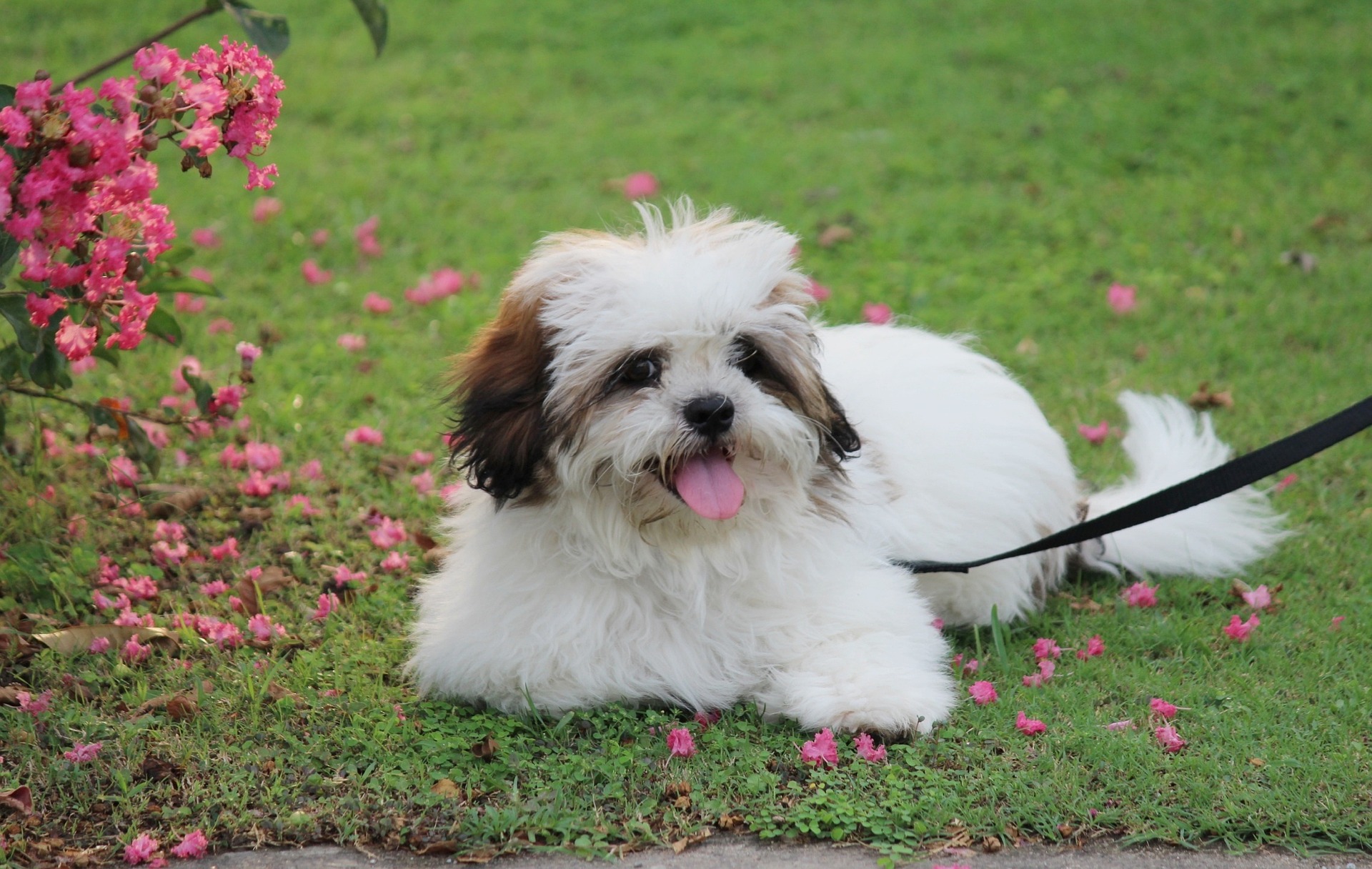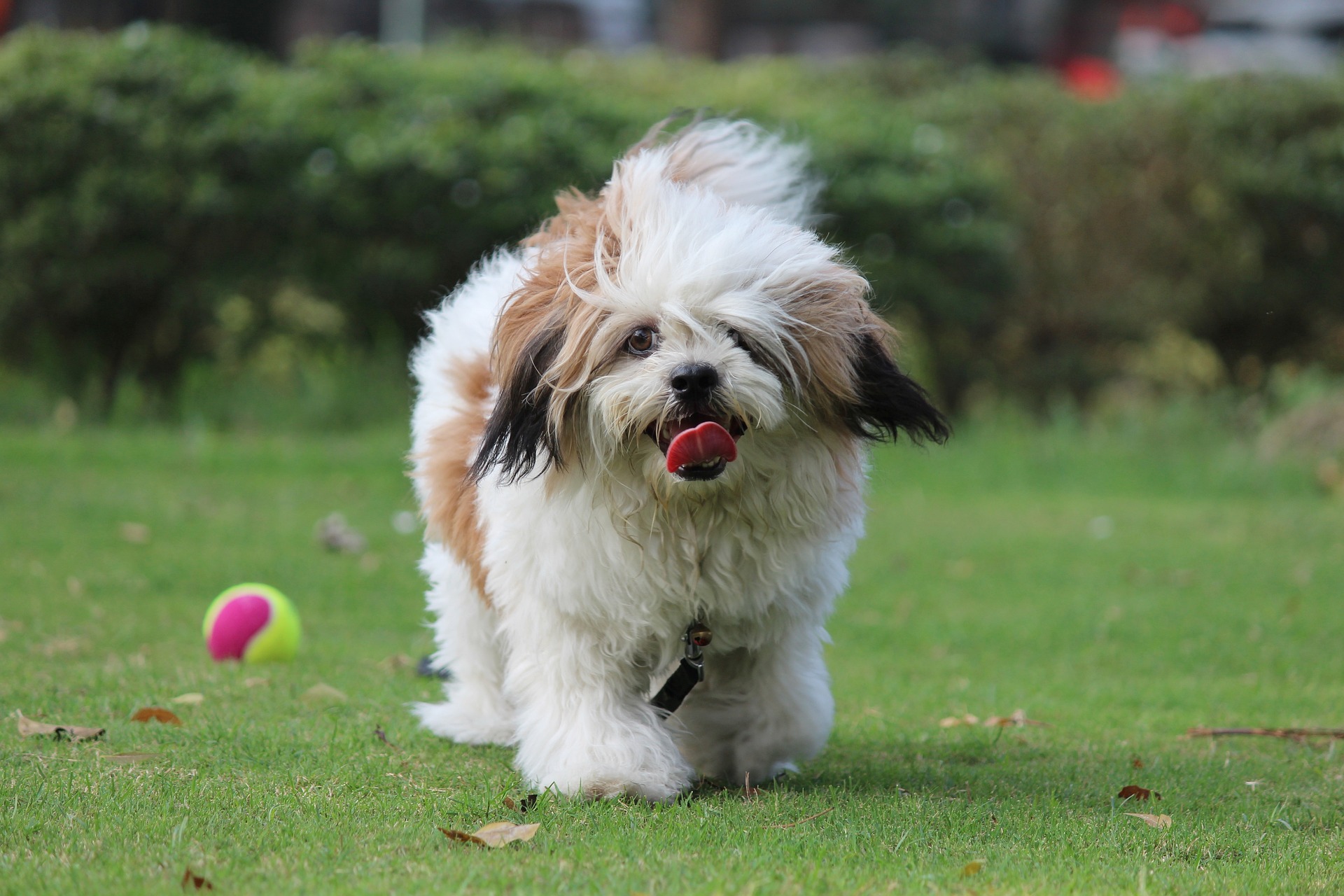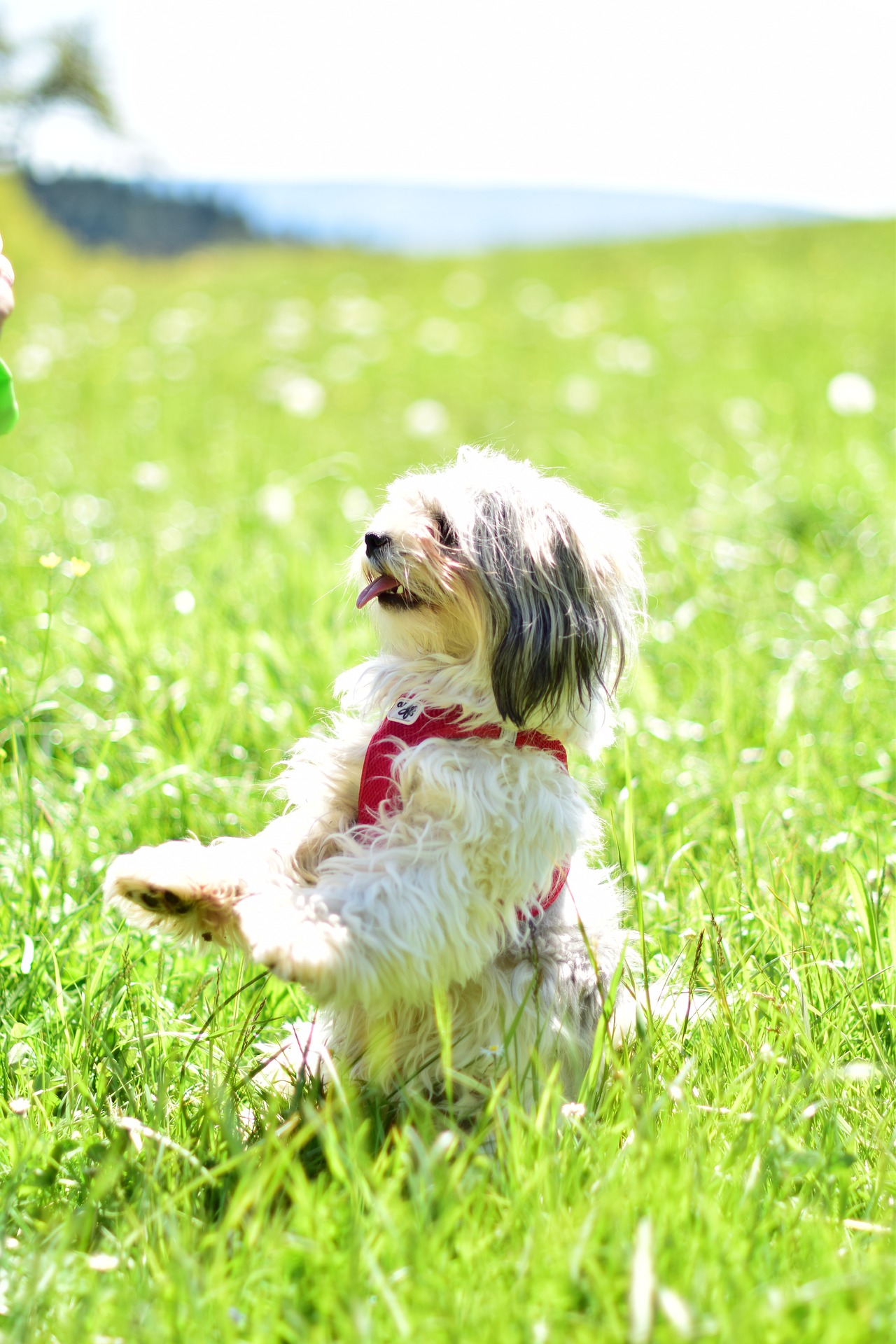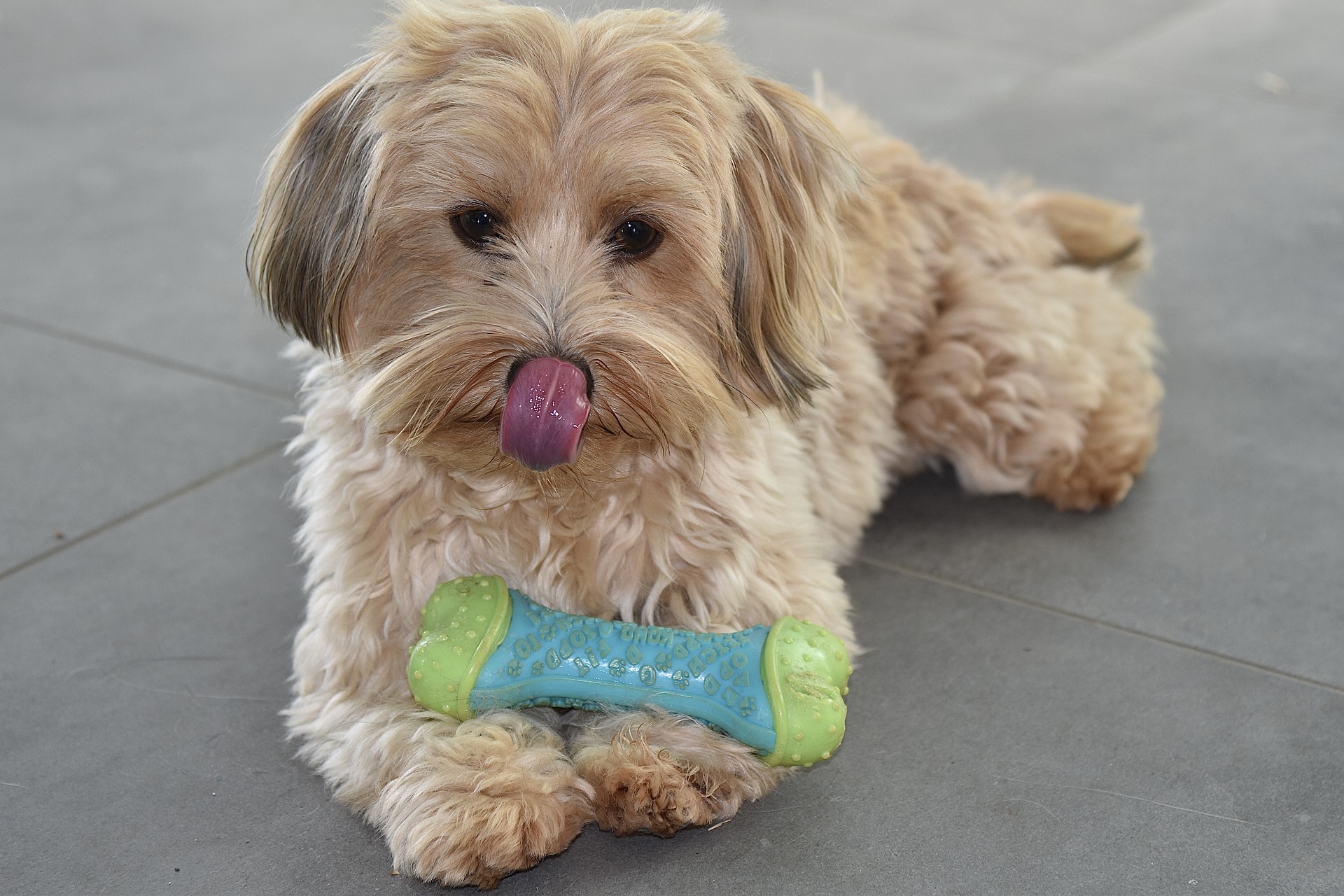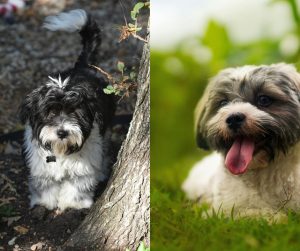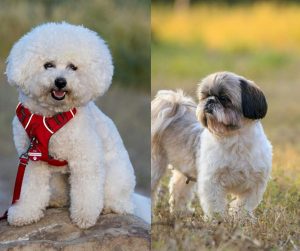When considering a small, companionable dog breed, potential pet owners often weigh the characteristics of the Lhasa Apso and the Havanese. The Lhasa Apso served as a sentinel in the monasteries of Tibet, alerting monks of intruders with its deep, assertive bark. In contrast, the Havanese was bred as a playful and affectionate lapdog, thriving on human companionship.
Both breeds boast a luxurious coat that requires regular grooming, although their aesthetic is distinctly different. The Lhasa Apso has a straight, heavy coat meant to protect it from harsh Tibetan weather, while the Havanese features a softer, wavy coat well-suited to the tropical environment.
When it comes to living situations, the adaptable Havanese may edge out, especially in homes with children or other pets, thanks to its outgoing nature. Meanwhile, Lhasa Apsos often prefer quieter environments, but their independence makes them comfortable when left alone for periods, fitting well for busier individuals.
Let’s take a look at the Lhasa Apso vs Havanese dog breed comparison.
Key Takeaways
- Lhasa Apsos and Havanese have unique temperaments aligned with their historical roles as guard dogs and companions, respectively
- Their coats differ in texture and style, with both requiring consistent grooming
- While both breeds are good for families, the Havanese may be more suitable for active households with children and other pets
Origins and History
Comparing the Lhasa Apso and the Havanese takes us on a journey back to the storied history of two distinct cultures. Each breed embodies the essence of their native lands, from the mountainous monasteries of Tibet to the warm, vibrant streets of Cuba. They are both recognized by the American Kennel Club.
Lhasa Apso: From Tibet’s Noble Heights
The Lhasa Apso originated in the mystical heights of Tibet, where it was once revered by nobles and monks alike. It’s a breed that has stood alongside its people for a millennium, with the moniker ‘Lhasa’ reflecting Tibet’s sacred city, and ‘Apso’ meaning ‘bearded’ in the local dialect. Historically, these dogs served as sentinel partners in palaces and monasteries, a testament to their vigilant nature.
Lhasa Apso dogs are part of the same group such as the Shih Tzu. They are very closely related. They are also very closely linked to the Dalai Lama. Many believe that this mountain dog served as a companion dog for the Dalai Lama. Other popular dog breeds from Tibet include the Tibetan Mastiff, a loyal protector and guardian.
Havanese: The National Dog of Cuba
Cuba’s pride, the Havanese, flourishes with a story as warm as its Caribbean origins. The breed shares its history with the wealth of Cuba, once known as the lapdog of the Cuban aristocracy, melting hearts with its endearing spirit. It’s more than just a companion; the Havanese is a living memento of Cuban tradition, embodying the island’s lively culture in four-legged form.
The Havanese’s history is intertwined with Cuban national identity, affectionately dubbed as the country’s national dog. The Havanese might look like the Shih Tzu and Lhasa Apso, but it descends from a different continent. They are also mistaken for the Maltese dog.
Physical Characteristics
When comparing the Havanese and Lhasa Apso, they indeed share the spotlight as desirable companions due to their endearing looks and manageable sizes. Here’s a peek into their distinct physical traits that set them apart.
Size and Weight
Havanese typically stand at 8.5 to 11.5 inches tall, with a weight that often ranges between 7 to 13 pounds. They’re on the smaller side of small breeds. On the other hand, Lhasa Apsos stand a tad taller, generally 10 to 11 inches in height, and they carry a bit more weight, with an average weight from 12 to 18 pounds.
Fur and Coloring
The coat of a Havanese is long, abundant, and can range from wavy to curly, requiring regular grooming. They exhibit a variety of colors, from cream to black, and many shades in between. The Lhasa Apso has straight, heavy hair, also demanding regular grooming. They sport a similarly diverse color palette that includes gold, smoke, and parti-color.
Breed-Specific Features
Each breed boasts certain features that are unique to them. The Havanese is noted for their soft, expressive eyes and their overall “cute” demeanor that invites affection. Their ears are covered with long hair, adding to their charm. Lhasa Apso dogs, bred for centuries as a sentinel, carries himself with a noble, assertive stance. Their heavier set and longer muzzle give them a dignified appearance, distinguishing them from their cheerful Havanese cousins.
Personality and Temperament
When choosing between a Lhasa Apso vs Havanese, it’s important to consider their personalities and temperaments, as they exhibit distinct traits that cater to different family dynamics. Both breeds are intelligent and have their own brand of charm, yet they offer decidedly different experiences as pets.
Lhasa Apso: Independent and Alert
The Lhasa Apso brings an air of independence and watchfulness to a home. This breed is known for its alert nature, often serving as a vigilant companion. Despite their smaller size, they don’t shy away from the role of a watchdog. Intelligent and sometimes stubborn, the Lhasa Apso values consistent dog training. Their loyal demeanor is often couched in a sense of regal self-assurance, making them well-suited for someone who respects their autonomous spirit.
- Temperament: Independent, alert, loyal
- Child Friendliness: Moderately friendly, better with older children
- Pet Friendliness: Selectively sociable; can thrive as an only pet
Havanese: Sociable and Affectionate
On the other side of the spectrum, the Havanese exudes a sociable and affectionate temperament. This breed shines as an outgoing family member, relishing in the company of both people and other pets. Their eagerness to please and ease of training make Havanese dogs a joy for households. Moreover, they are playful and loving, always ready to offer a cuddle or engage in playtime.
- Temperament: Sociable, affectionate, playful
- Family Dog: Exceptional companion, great with children
- Pet Friendliness: Highly pet-friendly, enjoys companionship
Health and Lifespan
When comparing the Havanese and Lhasa Apso, understanding their health and lifespan can help potential dog owners prepare for their pet’s long-term well-being. Both breeds have their specific concerns, and while they share a robust zest for life, it’s worth noting the particular issues each may face.
Common Health Issues
Havanese and Lhasa Apsos are generally hardy dogs, but they do have some breed-specific health issues to watch out for.
- Havanese are prone to:
- Patellar luxation: A condition where the kneecap dislocates from its normal position
- Progressive retinal atrophy: A degenerative eye disorder that can lead to blindness
- Cataracts: A common condition that can cause clouding of the lens, leading to impaired vision
- Lhasa Apso share some of these concerns and can also suffer from:
- Kidney problems: They may develop kidney-related health issues more frequently than some other breeds
- Ear infections: Due to their heavy, hanging ears, they tend to be more prone to ear infections
Expected Lifespan
The lifespan of a dog can be quite telling about its overall health, and with proper care, both breeds can enjoy a long life.
- Havanese: They typically enjoy a long lifespan, often living between 14-16 years
- Lhasa Apsos: They usually have a slightly shorter, yet still lengthy, lifespan of around 12-14 years
Care and Grooming
When it comes to caring for Havanese and Lhasa Apso breeds, attentive grooming and appropriate exercise are key to keeping these fluffy companions happy and healthy.
Exercise Needs
Havanese: They don’t require a ton of exercise. A brisk 30-minute walk or a couple of short play sessions daily should keep them content and healthy. It’s important to ensure they get this time to romp around, as it’s as good for their spirit as it is for their body.
Lhasa Apso: They need a bit more activity. Consistent daily exercise, such as longer walks or playful interaction, is necessary for their wellbeing. They enjoy being active and will appreciate the extra time spent moving around to stay fit.
Grooming Essentials
Grooming Needs:
- Havanese:
- Regular brushing several times a week
- Professional grooming every 4-6 weeks
- Considered hypoallergenic with less shedding
- Lhasa Apso:
- Daily brushing is ideal to maintain their long, flowing coat
- Frequent grooming sessions to prevent tangles and mats
- They are not hypoallergenic and have a higher shedding rate
Training and Socialization
When considering a Lhasa Apso vs Havanese dog breed and bringing it into your home, dog training and socialization are key for a well-adjusted pet. Both dog breeds have their quirks, but understanding their specific needs can lead to a harmonious relationship.
Trainability and Intelligence
Lhasa Apsos and Havanese dogs are both known for their intelligence, which makes them quite trainable. However, their training experience can differ.
The Lhasa Apso may exhibit a streak of independence, which requires patience and consistent positive reinforcement during training sessions. On the flip side, a Havanese tends to be easier to train, eager to please, and enjoys learning new tricks.
Both breeds thrive on mental stimulation, and without it, they can become bored and possibly mischievous.
- Lhasa Apso: Might need more repetition and firm guidance
- Havanese: Often quick learners; responds well to patience and positivity
Social Behaviors and Adaptability
Socialization is crucial for both breeds to develop well-rounded social behaviors.
Havanese dogs are generally very sociable and adaptable, often enjoying the company of people and other pets alike. They fit well in various household dynamics, including those with children.
Lhasa Apsos can be quite companionable too, but they may take a more reserved approach when encountering strangers or new situations.
- Lhasa Apso: May prefer a calmer environment; can be reserved
- Havanese: Usually excels in social settings; adorable with kids
Living Considerations
When bringing a furry friend into your home, it’s essential to consider how they’ll fit into the family dynamic and handle being alone. The Lhasa Apso and Havanese both make great companions, but their approaches to family life and dealing with separation can differ.
Adapting to Family Life
The Havanese breed is often the life of the party, thriving in the warmth of a busy household. They flourish when surrounded by family members, including kids, and are known to be quite stranger-friendly. This makes them an excellent choice for families looking for an affectionate and social pet.
On the other hand, the Lhasa Apso holds its own with a more independent streak. Though they can be loving towards their family, they might display a more reserved nature around strangers.
Both breeds can adapt well to living in an apartment as long as their physical and mental needs are met.
Dealing with Separation Anxiety
Separation anxiety is a concern for many pet owners, especially for those living a busy lifestyle.
Here, the Lhasa Apso’s independent nature comes in handy, as they are more prone to handle time alone without much fuss. This characteristic makes them a good match for individuals who may need to leave them during the day.
The Havanese may struggle more with time apart, showing signs of separation anxiety. Creating a comforting environment and keeping goodbyes low-key can help ease their worries.
Breed Comparison
When considering adopting a small dog, the Havanese and Lhasa Apso are two dog breeds often contrasted due to their similar size but distinctive personalities. This comparison will help you understand their core differences to make an informed decision for your family.
Choosing the Right Dog for You
Size and Weight: Both breeds are small in stature, making them suitable for apartment living. Typically, they both weigh in the similar range, but individual dogs may vary. In the last few years, breeders have also tried mixing these two with other breeds. The goal is to get 100% hypoallergenic dog.
Temperament:
- Havanese puppy: Known for their gentle and affectionate nature, they are friendly and enjoy being part of a family. Their social disposition makes them an excellent pet for homes with children and other animals
- Lhasa Apso puppy: More independent and assertive, they are suitable for someone who is often out. Their protective instinct can make great watchdogs, guarding their home with loyalty
Grooming Requirements:
- Both breeds require regular grooming due to their long coats. This necessitates either a commitment to maintenance or professional grooming aid.
Exercise Needs:
- Havanese dog breed: They possess a moderate energy level, needing regular but not excessive activity to stay happy and healthy
- Lhasa Apso dog breed: Similarly, they require moderate exercise, but their more laid-back personality means they may often be content with less active play
Health and Longevity: Generally, both breeds have a long lifespan and may experience breed-specific health issues. Regular veterinary check-ups are important to monitor their well-being.

